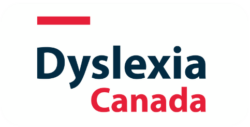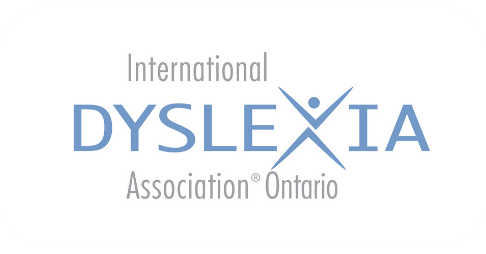Heart Word Magic Dissect a Word
This activity allows students to practice dissecting Heart Words (high-frequency words) with irregular letter sound relationships by listening to the individual phonemes in a word and then filling in the corresponding spellings. They fill in a heart above the irregular part of the word that must be learned “by heart” and write that tricky part again.
Sample scripts are provided for the following words: saidfromhisofcould
This PDF includes 5 pages. Page 1 provides the overall directions, pages 2-4 provide the sample scripts and page 5 is the student spelling grid sheet.



